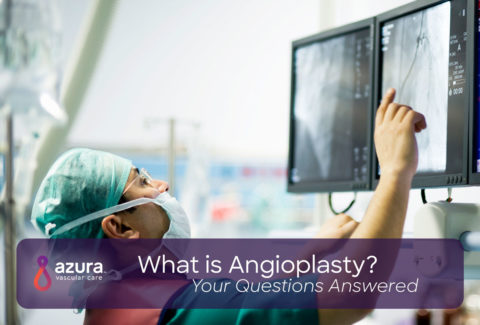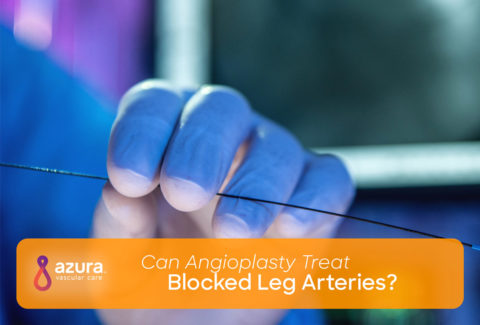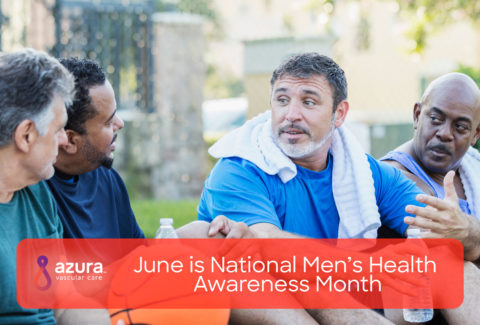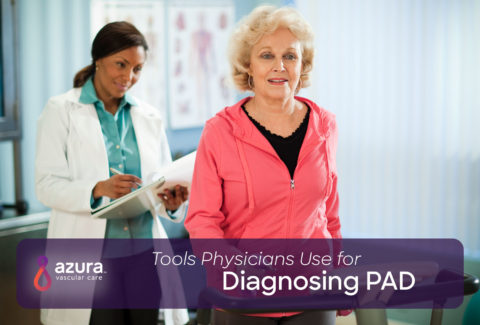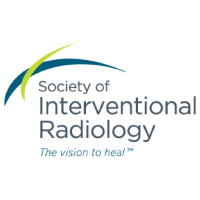Diagnostic Testing and Treatments for Peripheral Arterial Disease
If you or your physician suspects that you may have PAD, our team of physicians at Azura will perform several non-surgical diagnostic procedures to determine the best treatment course for you. Once this is determined, we offer several minimally invasive treatment options.
Non-surgical diagnostic testing and procedures performed at our outpatient centers include:
Living With and Treating Peripheral Artery Disease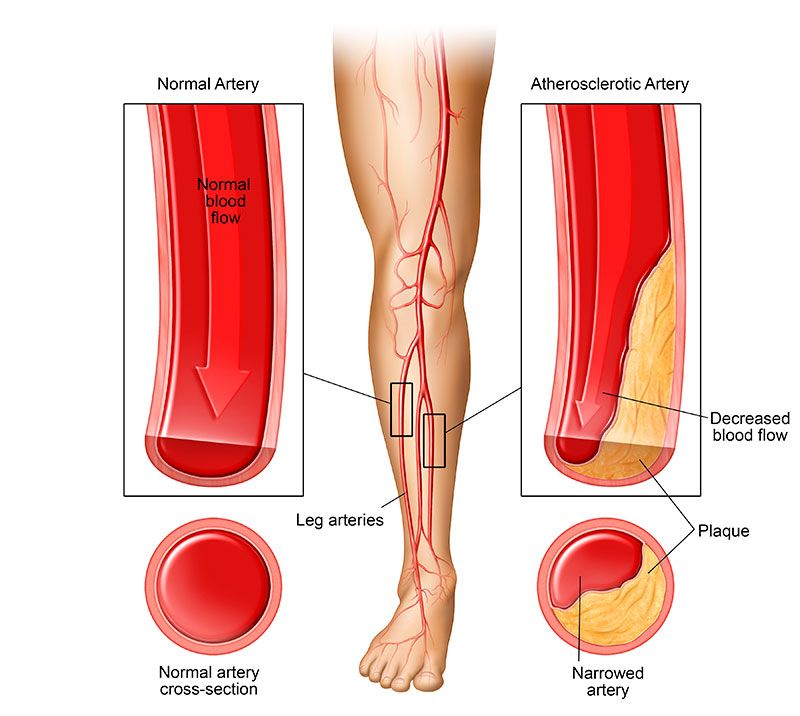
Peripheral Artery Disease (PAD) is a common but serious condition affecting nearly 1 in 5 Americans age 65 and older. PAD is a circulatory disease in which blocked or stenotic arteries (narrowed) reduce blood flow to the extremities, most commonly, the legs and feet.
Arteries that supply blood to the legs can become narrowed over time due to fatty plaque buildup that blocks or restricts blood flow, making it painful to walk.
Symptoms of PAD include, but are not limited to:
- Painful cramping in your buttocks, thighs, or legs after walking or climbing steps that stops when resting (also called intermittent claudication)
- Non-healing ulcers or sores on your feet or legs
- Leg numbness or weakness
- Cold lower legs or feet
Many may not show any outward signs or symptoms of PAD, or they assume that their leg pain and symptoms are simply a normal part of the aging process. Reporting symptoms to your doctor is very important because having PAD increases your risk of heart disease, heart attack, and stroke.
PAD is considered a serious condition but treatment and lifestyle changes may slow or stop the progression of the disease and reduce further complications. Exercising and smoking cessation are examples of these lifestyle changes that are recommended in treating PAD early.
If you are experiencing symptoms of PAD, particularly chronic wounds or sores on your feet, talk to your doctor immediately. The sooner you are diagnosed with PAD and begin treatment, the lower your risk of the disease progressing, which, if untreated may leave amputation as the only option.
How We Can Help You With Peripheral Artery Disease
 Our team of interventional radiologists and vascular surgeons have the expertise and resources in many of our safe and friendly outpatient centers for the diagnosis, treatment and management of peripheral arterial disease. With our unique depth of training, diagnostic expertise and state-of-the-art imaging, we specialize in offering treatment plans for each individual PAD patient to ensure the best possible outcome. We are dedicated to providing an exceptional patient experience with a focus on superior patient care. This philosophy exists in all of our vascular centers throughout the United States. We offer several minimally invasive, outpatient procedures for those patients who have been diagnosed with peripheral arterial disease (PAD).
Our team of interventional radiologists and vascular surgeons have the expertise and resources in many of our safe and friendly outpatient centers for the diagnosis, treatment and management of peripheral arterial disease. With our unique depth of training, diagnostic expertise and state-of-the-art imaging, we specialize in offering treatment plans for each individual PAD patient to ensure the best possible outcome. We are dedicated to providing an exceptional patient experience with a focus on superior patient care. This philosophy exists in all of our vascular centers throughout the United States. We offer several minimally invasive, outpatient procedures for those patients who have been diagnosed with peripheral arterial disease (PAD).
At Azura Vascular Care, we deliver far more than our patients expect. We bring our full range of medical capabilities and service excellence to every patient, every visit at each of our centers nationwide.
When you visit one of our outpatient vascular centers for peripheral arterial procedures you will be ensured an easy scheduling process and meet with a team of medical professionals dedicated to providing you with excellent outcomes and a quick recovery.
Ready to Speak with a PAD Specialist?
Search for a center or physician in your area and request an appointment online.
